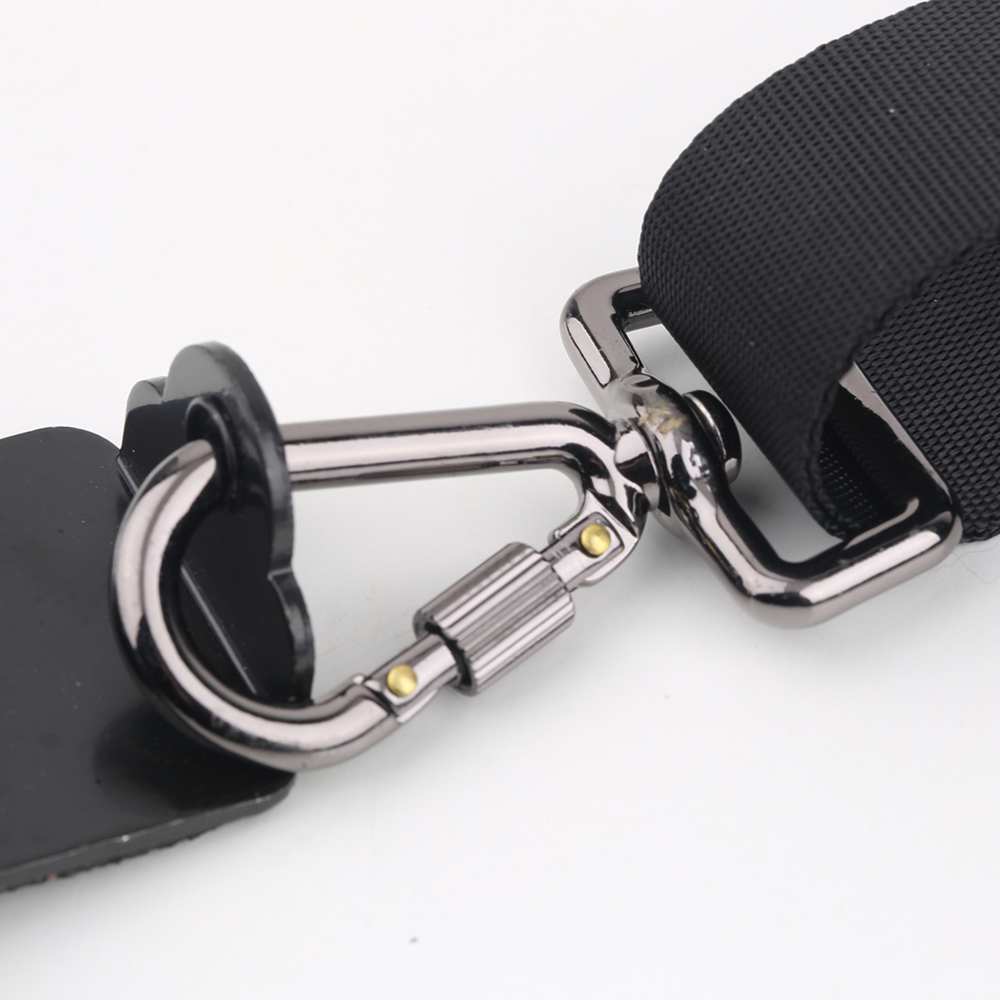The DJI Mic Mini is nice, nonetheless there’s one massive motive I would determine the Rode Wi-fi Micro for smartphone content material materials creation instead
I recently reviewed the DJI Mic Mini and Rode Wi-fi Micro – every are excellent prime quality wi-fi mics for content material materials creation, designed to be extraordinarily simple for capturing larger audio with smartphones.
I would counsel each on the entire, however once I had been to decide on one for myself, it is likely to be the teeny tiny DJI Mic Mini, no question. Normal, it’s a additional versatile little little bit of bundle for smartphones and cameras, with reliable connectivity by the use of its receiver or Bluetooth, and the price distinction between the two kits is negligible.
Within the occasion you shoot with DJI cameras such as a result of the Osmo Pocket 3 or Osmo Movement 5 Skilled, it’s a good easier choice on account of these cameras attribute built-in receivers for streamlined pairing with DJI’s mics, along with the pricier DJI Mic 2 – our digicam gear product of the yr.
What’s additional, you can purchase Mic Mini components individually, which suggests it will probably prevent your self a packet merely deciding on up a mic for these DJI cameras, pretty than the whole bundle with receiver.
All that talked about, additional people shoot video merely with smartphones, and for these people the simpler Rode Wi-fi Micro takes the DJI out with a knock-out punch.

The worthwhile one-trick pony
DJI’s Mic Mini works for cameras and smartphones, whereas the Rode Wi-fi Micro is just for smartphones. I shoot with every so the choice is apparent. Nevertheless for smartphone-only creators, I really feel Rode’s mic makes additional sense.
The perfect methodology to connect the mics collectively together with your cellphone is through a receiver. That’s the solely methodology for Rode’s mic, and the receiver slots neatly all through the underside of your cellphone, associated to your USB-C (or Lightning) charging port (see gallery beneath). It’s slim and it’s simple too – there are not any controls on it or the mics by any means.
You plug the receiver into your cellphone, adjust to the on-screen prompts (which may embody selecting the wired mic risk in favor of your cellphone’s built-in mic inside the digicam app menu) and likewise you are up and dealing in seconds. Each half is automated.
The Mic Mini’s receiver is bulkier. Every time I used it with a cellphone, I was concerned I would snap it off – it stands out, it’s just a bit awkward, and a better match with cameras, like into the hotshoe / coldshoe port. DJI’s offering has one different trick up its sleeve though that bypasses the receiver.
You may additionally be part of the DJI Mic Mini to your cellphone using Bluetooth, which suggests no receiver by any means. Nonetheless, I’d not perception a Bluetooth connection for video recording within the similar technique that I would a purpose-made receiver, and audio prime quality drops from 24-bit depth to 16-bit depth when using Bluetooth instead of the receiver.
Bluetooth connectivity is okay at a pinch and nonetheless beats the audio prime quality of your cellphone’s built-in mics, even when you’re armed with voice enhanced audio, reminiscent of you get with the most recent Google Pixel handsets.
The Mic Mini moreover has just some information controls to play with. There’s a one-push noise low cost mode, plus ±12db audio stage administration on the receiver. These are good devices to have, nonetheless for cellphone clients I really feel Rode’s simpler technique – an computerized ‘Intelligent GainAssist experience’ – as soon as extra makes additional sense.
And so whereas the DJI Mic Mini outstrips the Rode Wi-fi Micro in most strategies, it’s the Rode mic’s outright simplicity that wins by the use of for smartphone creators. I merely hope Rode makes the Wi-fi Micro components obtainable individually ultimately – just a few of us would possibly save a few pennies that technique, significantly if various elements are needed.







